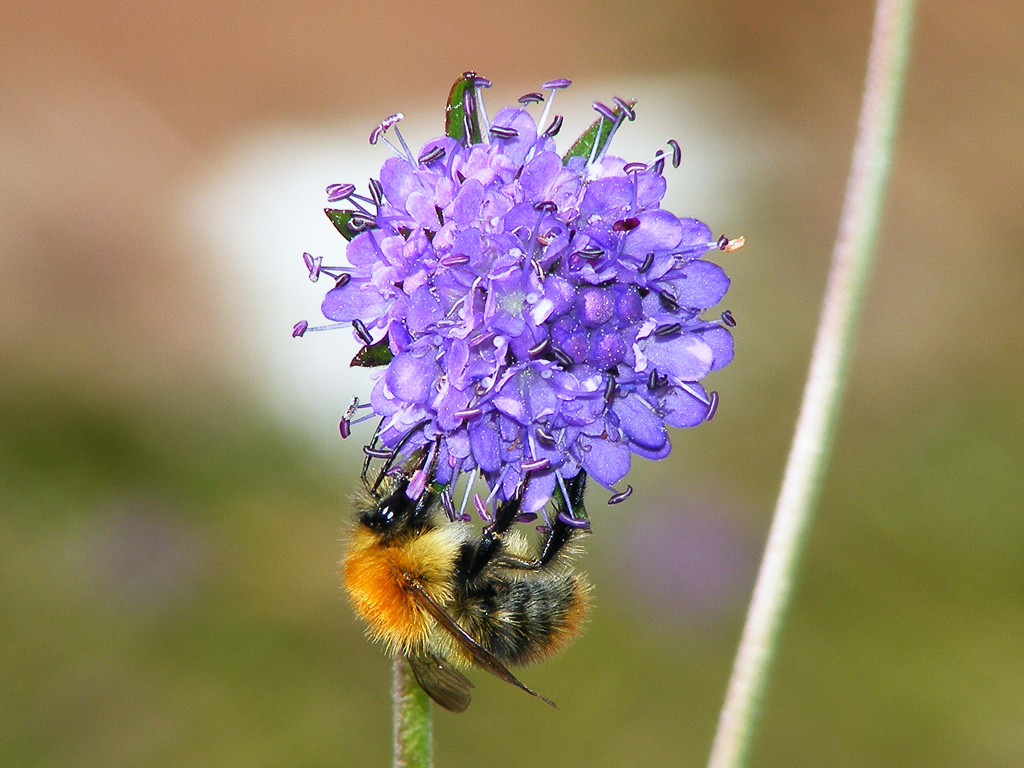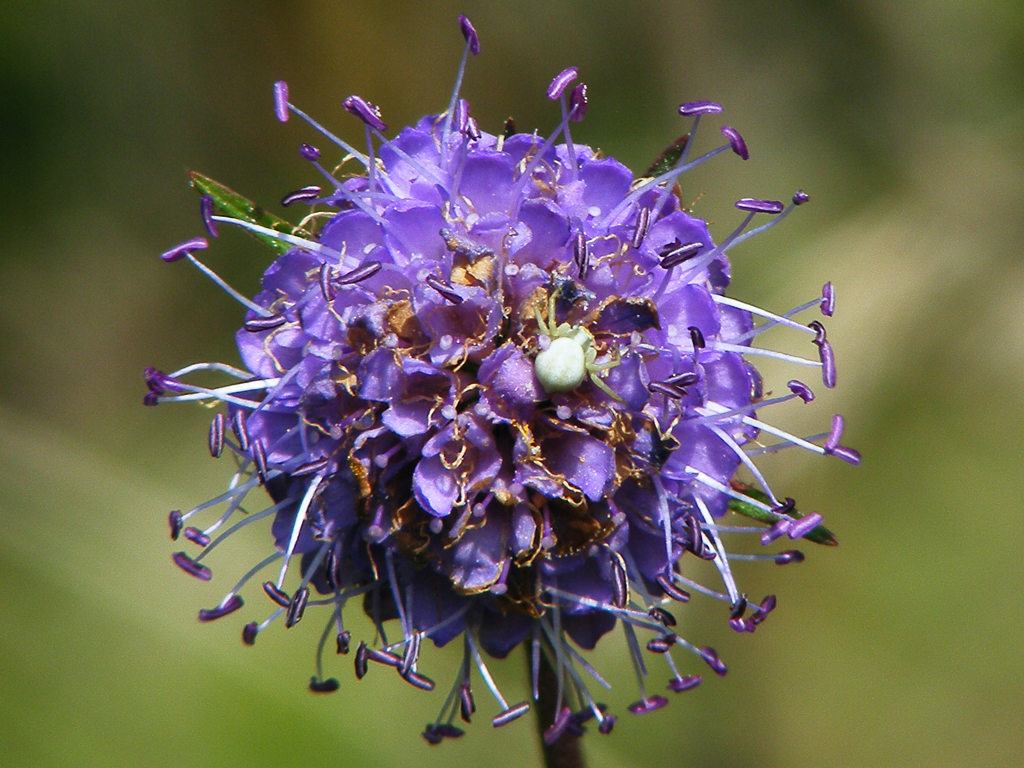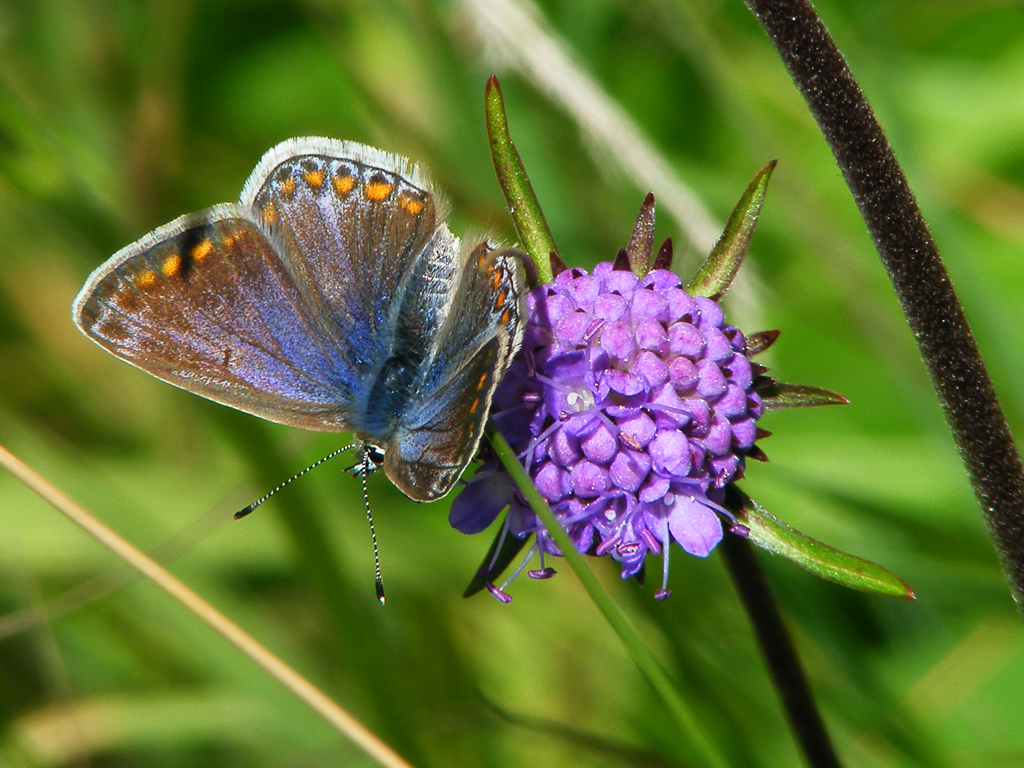
Jane is a naturalist, photographer and nature writer living in Dorset. Her work has appeared in books, anthologies and blogs for charities such as The Wildlife Trusts and the International Bee Research Association. When she’s not exploring Dorset’s lanes and countryside she can be found lying on her stomach watching insects in her garden. Jane’s entry for this blog’s Lockdown Nature-writing challenge was shortlisted and can be found by clicking here. Jane is currently studying for an MA in Travel and Nature Writing at Bath Spa University and can be found: www.janevadams.com and on Twitter @WildlifeStuff
On the basis of Jane’s entry in the Lockdown Nature-writing Challenge, and a couple of guest blogs she has written for this site since (Weevils and Wool-carder Bee) I have persuaded Jane to write a monthly article to appear on the last Saturday of the month. June’s article was on Stag Beetles, July’s was about her unmown lawn and lockdown, and here is August’s…

When I was six I contracted scabies. Itchy red scabs appeared on my hands and face as the microscopic scabies mites burrowed their way into my skin and laid their eggs.
It’s not a condition you hear much about these days, but I’ve often wondered if my early brush with the Sarcoptes scabiei mite prompted a subconscious fascination with scabious; I’ve loved Devil’s-bit scabious for as long as I can remember.
Until recently I had no idea there was even a link between scabies and scabious, but it seems scabious comes from the Latin scabere, meaning ‘to scratch’, and the root of the scabious plant has been used medicinally since the Middle Ages to relieve the scabies itch.
If only we’d known that in our dreary Eastbourne B&B in 1970. Instead, I was whipped off to a local GP who prescribed a slimy grey ointment. Mum was horrified and embarrassed at the diagnosis. At the time the condition was still linked, wrongly as it turns out, to bad hygiene, poverty and overcrowding. Dad, on the other hand, thought it was hilarious and shouted “unclean! unclean!” if I got anywhere near him.

In my forties I moved to a house a stone’s throw from the lowland heaths of Dorset, and found myself with a grass-depleted lawn. I decided to turn it into a wild flower meadow. Being a hopeless, but optimistic, botanist and an even more hopeless gardener, the wild flowers I tried to grow were cringingly unsuitable for the acidic, free draining soil, but one plant did flourish; Devil’s-bit scabious.
Ten years on and that patch of grass is now a haze of bobbing blue-mauve flowers attracting pollinators into the garden from August right through to October.
Common carder bumblebees are by far the most frequent, and most numerous, of the insect visitors. Earlier this week Storm Francis blew through the garden tying trees into knots and flattening flowerbeds. But the tenacious Common carder workers and newly hatched queens still bounced nonchalantly from pin-cushion to pin-cushion bloom in fifty mile per hour winds. How do they do that?
On a sunnier day I sat beside the bees to time their visits. Each flower received eleven seconds of tongue-prodding before the bee flew to a neighbouring bloom and started its hurried head banging again. It’s frantic, and not at all soothing when you’re watching it close-up.
Butterflies, on the other hand, are far more laid back, Common blues and Gatekeepers open and close their wings lazily in the late summer sunshine, and the repositioning of their proboscises into each flower seems awkwardly slow but expertly precise. Some look tired and weather-worn, but content to see out their final days in this nectar nirvana.
So why the name Devil’s-bit scabious? Legend has it that after growing angry with the medicinal properties of this humble plant, the Devil bit off its roots to steal its healing powers. That’s fine. I’m not planning on contracting scabies again, but I might encourage a few more seeds to fall, just to add to next year’s seed bank.

At Last a fellow lover of Devil’s Bit Scabious, a plant that reminds me of my childhood in Harrogate. This was THE plant on the roughs of the golf course I lived next to and the rough fields beyond. Remarkably it is still in one area of those rough fields 60 years later. A brilliant plant for insects, more of us should plant it or other scabious in our gardens, whilst blue is best there are pink and white plants too in the wild.
Great to hear you love it too, Paul. I agree, in the right conditions it’s a wonderful plant to grow in gardens and seems to spread fast. A boon for late summer pollinators – as I’m happily witnessing today.
You’re right, scabies isn’t a condition much heard of but it is still around. Hats off to the Newcastle pharmacist who correctly diagnosed it (after GP and I had failed) – after 18 months of sleep-disturbing scratching for my son. Although might have been tipped off by the new girlfriend who had started to scratch too.
(Student house… which they had had treated twice for bed bugs)
Oh, no. That’s awful. I can’t imagine having it for 18 months – he must have scratched himself raw in that time. Great to hear that it was diagnosed in the end. What a relief!
More importantly this plant is the food plant for the marsh fritillary, well one of them, they go crazy for honeysuckle and ribwort, but the adult will only lay on devil’s-bit scabious so far as I can tell.
When you rewild an entire farm you face a number of dilemmas, we had no need to chase the species funding gravy train, so the philosophy was ‘what we have we keep, but what else should naturally be here’?
But, you make mistakes, lots of them, not as catastrophic as those by the ‘experts’ of NE or the Forestry Commission but that’s another story.
So you survey and have a plan and try to ascertain what you have and the best way to go about increasing it. But inevitably you have favourites it can’t be helped. One of mine happens to be the marsh fritillary, an extremely pretty butterfly that should be more commonly seen.
About four years ago we invited the wonderful Butterfly Conservation onto the farm as a possible site for the pearl bordered but we all looked over all the fields for devil’s-bit scabious, and other plants (which we have now found). Not a sausage could any be found anywhere?
So I started growing from seed, it is a very slow growing plant, I could probably write a book on the plant alone, this plant has basically taken over my life.
Areas on the farm had been cleared but we couldn’t plough or rotovate, so I hand dug a field and planted the scabious in the ground, my idea was to have a solid mass of scabious established then gradually weed between to let other plants grow. The cows, which are the vital cog, have only just got access to this field, so in reality I had become a cow. I wasn’t that interested in the flowers, just that the plants produce large leaves, and it’s worked.
Last Tuesday I get an email of a plant image, with the message ‘look what I’ve just found?’ So we all troop down to the field and see a corner of a field covered in devil’s-bit scabious plants.
I can’t tell you how we missed these plants, even though it’s a big farm, it’s so embarrassing, I’ve had my lunch, moth trapped, checked the blackthorn as a possible hairstreak site, watched hobby and honey buzzard not 50ft from these plants, and yet failed to see them. My only answer and clinging somewhat tenuously as a excuse it was a grazing field, now that the cows have access to the whole farm, it has allowed these plants the chance to grow and flower, as I noted in April this field is covered in bugle.
And that’s the delight of rewilding you get the unexpected every day, plants, animal species you think you don’t have suddenly you do, the cows are the architectural instigators in everything new to this farm.
Fascinating. Many thanks for your comment Thomas. I also found your article in the RSPB Wokingham and Bracknell Local Group June newsletter very interesting (http://docplayer.net/187830322-Newsletter-covid-19-special-summer-newsletter.html). I must admit that having read your comment I went in search of more information about your farm rewilding. Do you tweet or blog about it online?
Wokingham and Bracknell eh?.
Morning Jane,
Thank you.
No, we don’t tweet or blog, I think there’s enough of that about.
Tom
That’s a shame but totally understand.